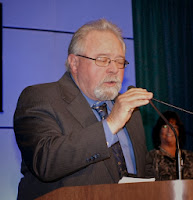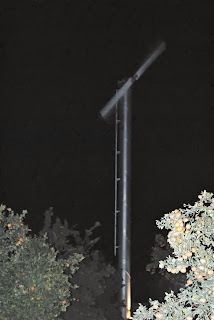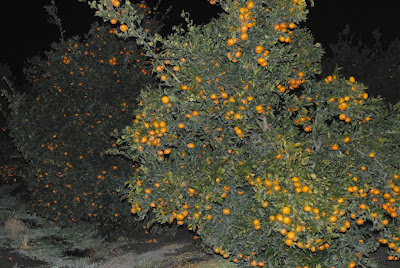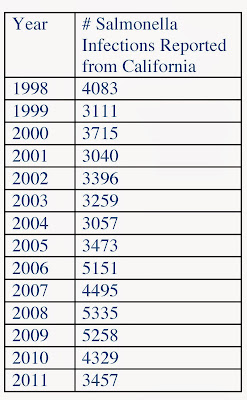CFBF 95th Annual Meeting Hosts Over Thousand Members
 |
| Statewide Farm Bureau Members listen to speakers during the General Session On Monday in Monterey |
 |
| CFBF President Paul Wenger |
 |
| Benny Jefferson |
 |
| Claris Myers with President Wenger |
 |
| Statewide Farm Bureau Members listen to speakers during the General Session On Monday in Monterey |
 |
| CFBF President Paul Wenger |
 |
| Benny Jefferson |
 |
| Claris Myers with President Wenger |
 |
| A mandarin orchard east of Clovis Ca braves the cold temps. |
 |
| This wind machine was churning late Saturday night to help ward off frost. |
 |
| Concerned Growers Listen to the Speakers |
 |
| Dave Orth |
 |
| Dick Moss |
Citrus Damage Inspections to be Conducted this Week
California Citrus Mutual reported TODAY that citrus producers received a welcomed reprieve last night from freeze conditions after 3 consecutive nights of cold weather. A dense cloud cover elevated temperatures, steadying in most areas around the mid-30s. Although rain is much needed, tonight’s forecast calls for extremely cold temperatures, which may pose challenges for dampened fruit.
 |
|
This Mandarin Orchard was braving freezing temps late Saturday night
with wind machines churning.
|
California Citrus Mutual is a non-profit trade association of citrus growers, with approximately 2,200 members representing 70% California’s 285,000-acre, $2 billion citrus industry.
EmergencyElectrical Inspections to Reconnect Wind Machines in Tulare County

|
| CDC National Surveillance Data, updated 1/14/13 |
 |
| Filmmaker Juan Carlos Oseguera |
1-855-99GRANT (994-7268
The mandarin crop is another story. The less cold tolerant variety will see more damage, but again the extent of which cannot be determined at this time. Some isolated areas experienced temperatures in the low 20s in which cases a greater degree of damage is expected. The most damage will surface in border rows, where the fruit has a greater exposure to cold temperatures and is less protected by frost protection measures.
This cold weather front is expected to stay in the valley through the weekend. A forecast of rain may also pose a challenge if temperatures stay below freezing. The compound effect of multiple nights below subfreezing temperatures will certainly weaken the fruit, but the industry will continue running water and wind machines to minimize damage to the extent possible.